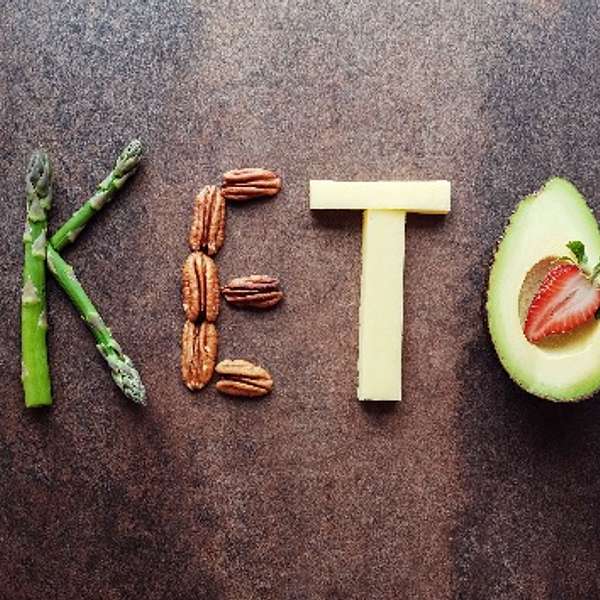
Sisters4Prevention Breast Cancer Stories and Survival
Since my diagnosis fourteen years ago, I have been dedicated to researching lifestyle changes and supporting clinical research to achieve the prevention of breast cancer. My goal is to raise awareness of the need for research funding for the primary prevention of women's cancers and to share information to help those facing this journey. My posts are educational and include my journey with bilateral breast cancer and my year of treatment including a double mastectomy and reconstruction. I have been a breast cancer advocate since 2010 and have served on panels at the department of defense breast cancer funding review programs. My website shares all the information I have collected and verified from long term survivors and medical evidence. I am not a medical professional, simply a teacher who hopes to make a difference by sharing information. I presently serve as one of three breast cancer advocates on the pending clinical trial under the direction of Dr. Vincent Tuohy at the Cleveland clinic to prevent the recurrence of triple negative breast cancer, the most lethal form of the disease began in the Fall of in 2021.I am a graduate of the National Breast Cancer Coalition's Project LEAD and have lobbied Congress for additional funds for prevention clinical trials for breast and ovarian cancers. In 2022, I was invited to be a Komen Advocate in Science. Stay tuned...
Sisters4Prevention Breast Cancer Stories and Survival
Keto Diet, Cancer and Diabetes
Disclaimer: I am not a medical professional. The information in this program was gathered through research and personal experience. Please see your health care provider before starting any diet regiment.
The KETO diet is not a fad diet and has been used since the 1920’s. It’s based on a solid understanding of nutritional science and basic physiology. Many health care providers recommend this diet for diabetes and cancer patients to reduce inflammation and control blood sugar.
The nickname for this diet is the “fat burning” diet. It differs from other wellness and weight loss strategies as it does not count calories nor limits food intake. It actually reverses the bodies metabolic state and changes the nutrient that the body uses for energy. Instead of burning sugar or glucose, it forces the body to burn the fat stored in various areas of the body until a state of Ketosis is achieved.
The myth that fat makes you fat was created by the low fat nutritional guidance of the 1970’s. The proof is in the pudding as they say since we are getting fatter and the obesity rate is at an all time high despite following a low fat diet. Elimination of Carbohydrates are the focus of this diet and carbs are the source of sugar.
Following a high carb diet results in higher levels of blood glucose levels and the body’s insulin production increases. This leads to inflammation (cancer, heart disease) and insulin resistance and type 2 diabetes. A low carb diet also increases both the good cholesterol (HDL) and overall cholesterol, and decreases triglycerides. So eating Keto not only results in weight loss, but decreases the risk of chronic diseases like cancer and heart disease.
Eating Keto is quite simple but NOT easy! Understanding Ketosis is essential to success. The diet mimics the beneficial effects of fasting: namely reduce blood sugar, body fat, and cholesterol levels. The goal is to drastically restrict foods rich in starch and sugar, ie carbohydrates. Hi carb foods get broken down by the body into sugar which is glucose and insulin. The result is fat storage and unwanted weight gain.
Low carb diets reduce glucose levels and triggers the body to burn fat instead. Cancer cells need lots of sugar for energy and eating KETO removes their energy supply. Diabetics benefit from lower blood sugar levels and in some cases with type 2 diabetes, completely reverse the disease.
When the body burns fat, it produces Ketones. When these Ketones reach a certain level, the metabolic state of Ketosis is achieved. Ketogenic therapy decreases inflammation to such an extent as to improve acne, eczema, IBS, arthritis, pain, etc.
Let’s talk more about Ketosis and cancer. Thankfully the stages of cancer development happen in a gradual process where the cells slowly become malignant through a series of changes. Slow growing cancers can take years to surface. My oncologist estimated that my breast cancer had started ten years prior to detection. This slow process allows an opportunity to treat it before it evolves and spreads. It may be able to even stopping cancer before the rogue cells begin to mutate.
A metabolic link connected with cancer especially the blood sugar and glucose content. The first observations of cancerous cells have an altered metabolism in energy that relies on glucose and glycolysis. A German Scientist, Otto Warburg conduced experiments that proved this. His results showed that tumor cells converted elevated amounts of glucose into energy and lactic acid (a byproduct of glycolysis). His work is now referred to as the Warburg effect.